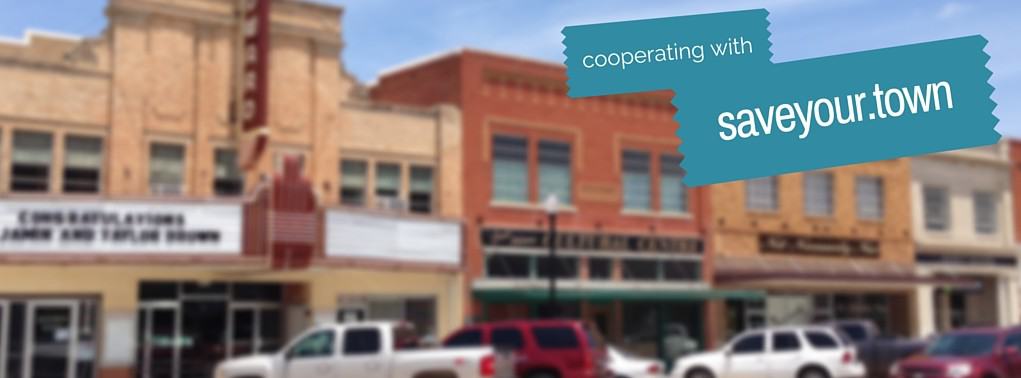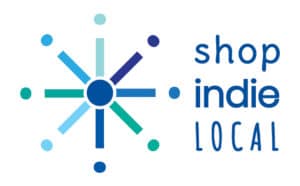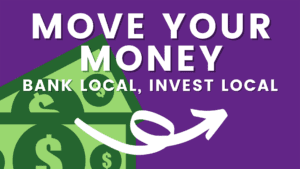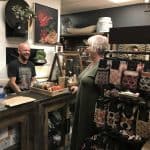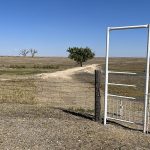You’re familiar with the traditional way of handling community engagement.
Once every few years, an outside consultant comes in and leads a community engagement planning meeting. There are lots of flip charts and post it notes.
Most of the people who attend hold official titles or formal leadership roles. Almost all are professional middle class white people, in their 30s to 60s. The Same Ten People who seem to be on every committee and board are there. Not many other people outside those groups attend.
The consultant leads a discussion of the Strengths, Weaknesses, Opportunities and Threats as these people see them. The usual people bring up their usual topics.
Several ideas are written on big pieces of paper and mounted on the walls. Everyone gets some sticky dots they can use to vote for the ideas they like best. The ideas with the most dots are the winners.
Maybe a survey is printed in the paper to gather more input.
The consultant gathers up all the papers, goes away and writes up a plan. It more or less reflects what was on the papers.
The resulting plan is submitted to the town government several weeks later in a really nice binder. It goes on the shelf in city hall.
Who is missing from this view of “community”?
When we get these same people together, who speaks for those outside the professional middle class: the wait staff, the retail clerks, the nurse aids, the mechanics, the truck drivers, the office staff? Who brings the perspective of different ethnicities and cultures? Who speaks with a younger voice about the future?
Idea Friendly community engagement
Here’s an Idea Friendly version of community engagement. It doesn’t start with a meeting.
People from throughout the community are encouraged and supported in trying their own ideas all year long.
Small spaces are available to try micro business ideas. People are able to connect with each other at frequent networking and learning events so they can work on even bigger ideas. The whole town is idea friendly.
Throughout the year, the officials are engaged in helping with and watching the experiments.
When someone brings an idea to a city official anytime, they are met with, “Great! What would you need to test that out?”
The existing plans are revisited and revised throughout the year based on the exciting experiments and developments going on throughout the community.
During the next planning cycle, lots of people are personally invited to attend and participate, and ideas that are being actively tried and proven right now are incorporated into the plans.
Before you write your next plan this way
There are more alternatives! You can use a calendar, a few sheets of blank paper or even a big mock up in a parking lot. You have lots of alternatives to inviting the Same Ten People to write the same old plan. Find out more in the video: Before You Write Your Next Plan from SaveYour.Town.
